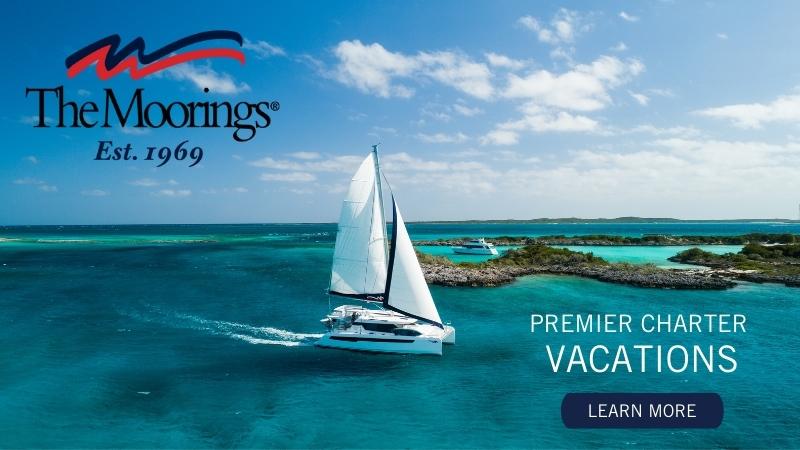
Sausalito Working Waterfront Victorious Over Housing Threat
Over the recent years we’ve brought you various updates about the future of Sausalito’s working waterfront, and the efforts of those determined to preserve its thriving and creative industries and its history. On January 30, hard work and community outreach were rewarded when the City of Sausalito voted to shift its area of focus for housing away from the Marinship District’s working waterfront to an area on the other side of town.
The Sausalito Working Waterfront Coalition (SWWC) wrote in its newsletter yesterday, “The decision was reached during a marathon 6.5 hour joint Council and Planning Commission meeting where representatives raced against a state-imposed deadline of January 31 to adopt a new Housing Element for Sausalito. Failure to meet that deadline would have empowered developers to strip citizens of key controls over housing development.”
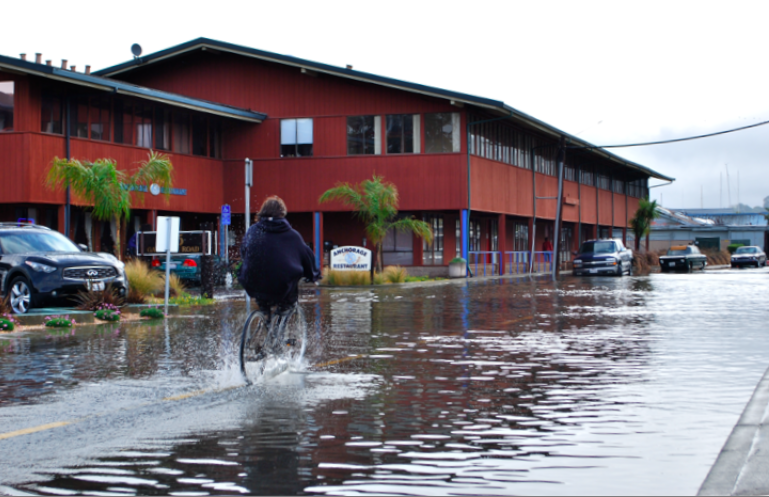
Sausalito’s former council members had been eying the Marinship as the location for around 720 housing units as its share of a statewide mandate that aims to create up to 3.5 million additional homes by 2025.
The SWWC rallied community support and gathered around 1300 in-person and virtual signatures in support of preserving the Marinship waterfront, and these were presented to the meeting. “… [H]eavy stacks of petitions were presented at the live meeting while another board member forwarded the website signatures.
“It was also good to see Council members who previously voted against the working waterfront last year, shift toward helping the working waterfront survive and thrive in a new future that welcomes Blue Economy companies and zoning protections that will also help Sausalito’s legacy maritime and industrial businesses and artists,” the SWWC wrote in its newsletter.
The SWWC says the takeaway from this decision is that “a significant and growing number of Sausalito residents are recognizing the value of their working waterfront and are ready to take action to help it survive and thrive.”

“Sausalito has something special that we can’t afford to lose due to misguided development schemes and the pursuit of short-term profits that would harm our community in so many ways — not just economically but spiritually as well.”
Congratulations to everyone involved with the SWWC, the Sausalito council members who recognized the significance of the working waterfront, and the community that rallied to preserve its own heritage, industry and future.
As the SWWC concluded, “Many challenges remain, but all can be overcome by working together with your help.”
Caption Contest(!)
It’s that time again! We’re sharing this month’s Caption Contest(!) a little earlier than usual, as February is a short month! It’s only two or three days, but in our world, that could make the difference between getting the March issue to the docks on time, or having it arrive “un”-fashionably late — and we don’t want that!
So here it is, our February photo. While it could be a recent occurrence, given January’s wild weather, no boats known to us were harmed in the taking of this photo. The image has been making the rounds on the internet for more than 10 years. (If you are the original photographer, thank you; all credit goes to you.)
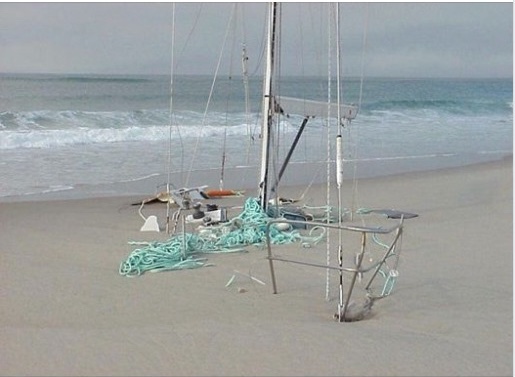
See the hilarious captions for our January Caption Contest(!) in the latest issue of Latitude 38.
KKMI: Six More Weeks To Ready Your Boat
Oakland Waterfront Free-for-All
The February issue of Latitude 38 includes a perspective from former Oakland Marina harbormaster Brock de Lappe on the deteriorating state of the Oakland waterfront.
The City of Oakland’s annual budget is about $2.3 billion and it has over 4,800 employees, but that doesn’t appear to be enough to take care of its waterfront. Like Long Beach, it’s a city blessed with a large, successful shipping port, plus over two miles of shoreline theoretically available for public access and recreational use. Unlike Long Beach, much of the Oakland waterfront is littered with trash and overrun with derelict boats that continue to sink, wash ashore, and pollute the Estuary. Despite their budgets, the City and Port of Oakland seem unable or unwilling to manage much of their own waterfront.
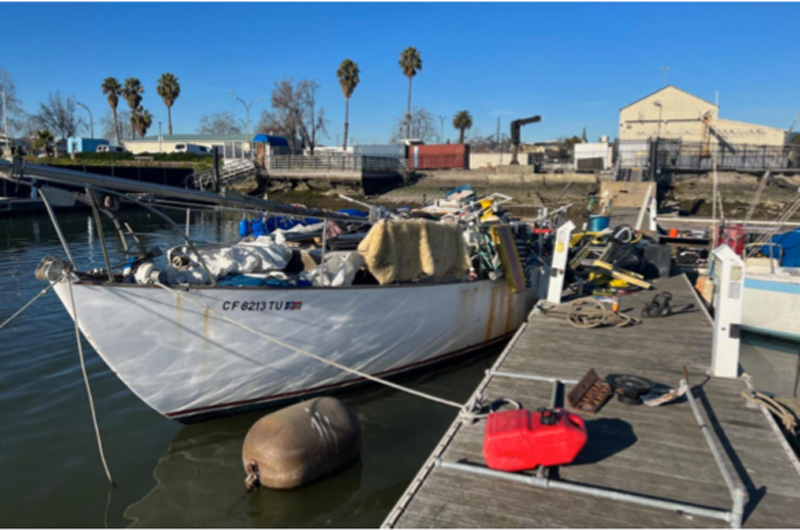
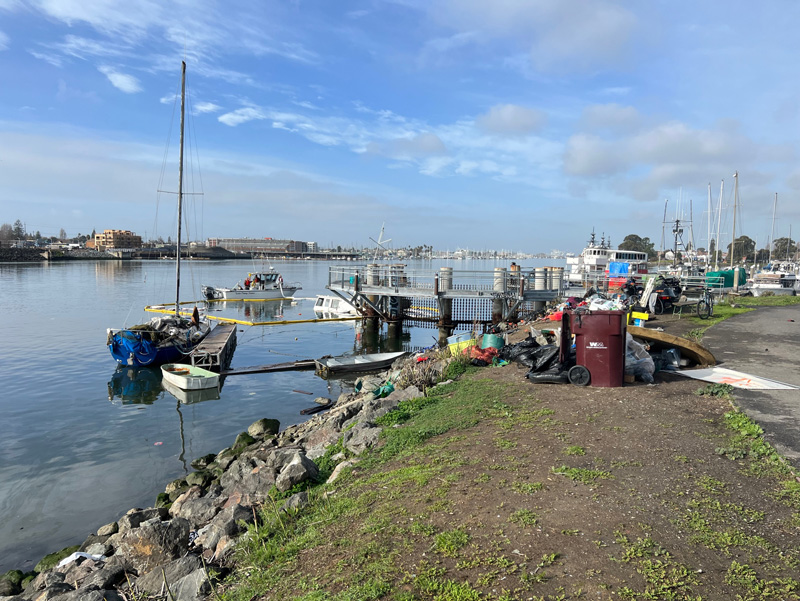
The Long Beach waterfront and shoreline marinas are shining examples of what is possible for a well-run waterfront. Long Beach’s waterfront boasts a long, clean walkway continuously busy with people walking, running, biking and roller skating past thriving businesses and welcoming parks.
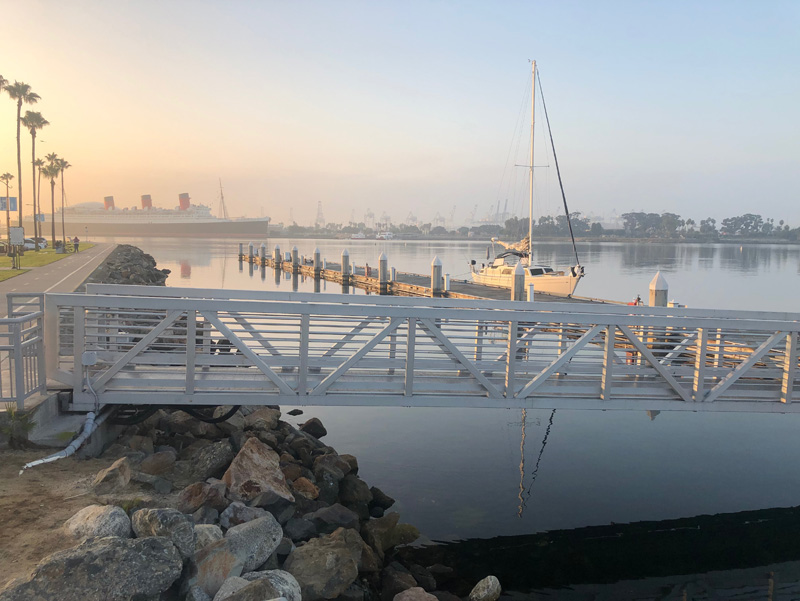
Jack London Square and the new $3.5 billion Brooklyn Basin development demonstrate the potential, but not far from these waterfront upgrades, basic care for the waterfront goes missing.
Man Steals Boat, Gets Toppled by Wave and Rescued by Coast Guard, Then Walks Away
Just as a Coast Guard swimmer jumped into the icy waters off the Columbia River mouth in Oregon on Friday to rescue a man on a floundering motorboat, a set wave loomed. It was actually the Coastie’s first-ever rescue, and he was swimming toward a rescuee who had stolen the boat, and — just in case the situation wasn’t bizarre enough — who had placed a dead fish at the famed Goonies home in Astoria, Oregon.
Video from a Coast Guard helicopter shows the rescue swimmer approaching the boat as the man climbed over the transom and stood on the swim step, waiting. That’s when the wave began to rear, then broke in earnest, sending the motorboat tumbling like a puny toy.
Miraculously, both the rescue swimmer and the man were hoisted aloft by the helicopter and brought safely back to shore. Not long after, the man, who had been wanted by police — and who the Coast Guard didn’t know had stolen the boat — walked out of an Astoria hospital, scot-free.
Police had been looking for the man, identified as 35-year-old Canadian Jericho Wolf Labonte, since Wednesday, “when an acquaintance alerted them to a video he had posted on social media of himself leaving the fish at the [Goonies] house and then dancing around the property, said the Astoria Police Chief,” the Associated Press reported.
The owner of the motorboat reported the vessel stolen on Friday, though it’s not clear if that report came before or after the rescue.
“By the time police saw the Coast Guard’s photos and video and realized it was the same person who they said covered over security cameras at the Goonies house and left the dead fish on the porch, the hospital had already released him,” the AP said.
The Astoria police chief told the AP he “didn’t know what kind of fish it was, but said it had been caught locally, because after the man’s video from the Goonies house started circulating, another person called police to report having taken the man out fishing.”
“It’s been a really odd 48 hours,” the police chief said.

Labonte’s escape from the jaws of death was improbable, but his escape from the law was short-lived — he was reportedly taken into custody in Seaside, Oregon (about 17 miles from Astoria), a few hours after he left the hospital, police said in a news release.
This detail — much like the type of fish left at the scene — is probably neither here nor there, but the Goonies house was recently purchased by a Kansas businessman who wants to “restore the abode to its ‘Goonies‘ glory as a haven for fellow fans,” according to the L.A. Times.
Premier Charter Vacations from The Moorings
Enjoy unforgettable yacht vacations with The Moorings.


